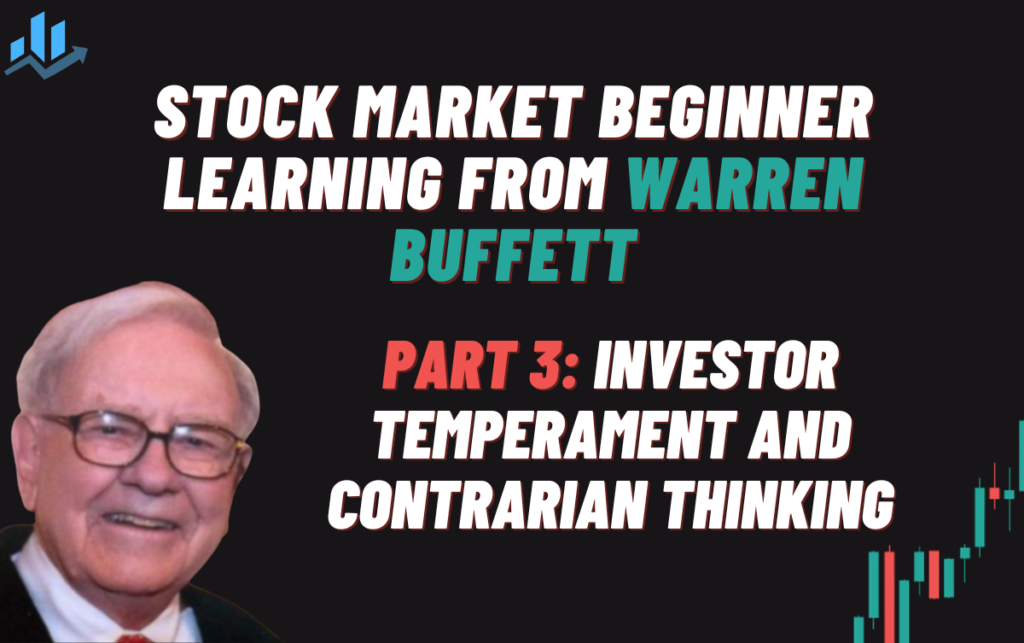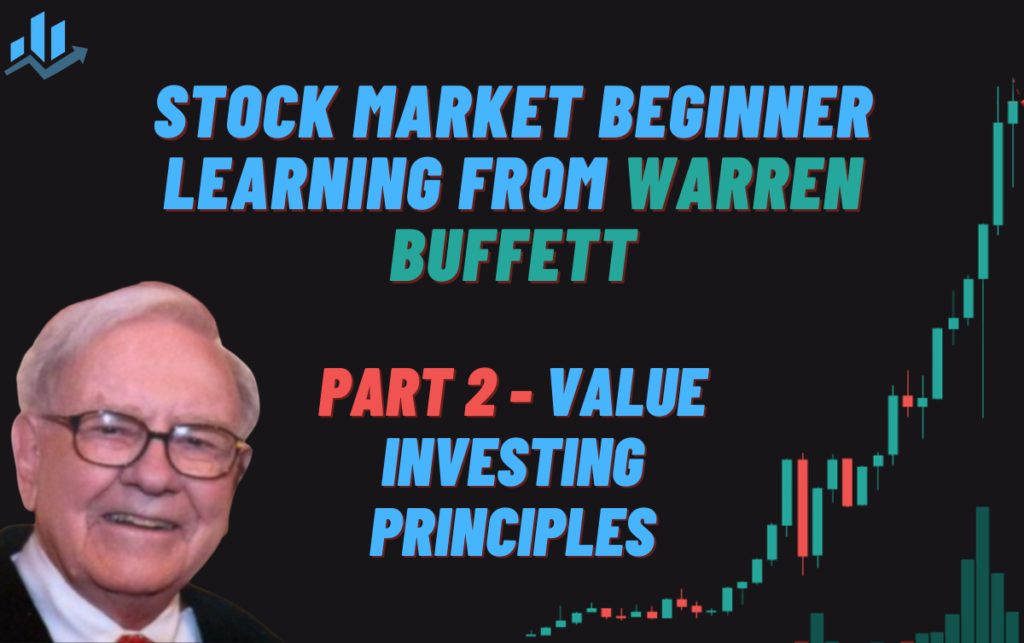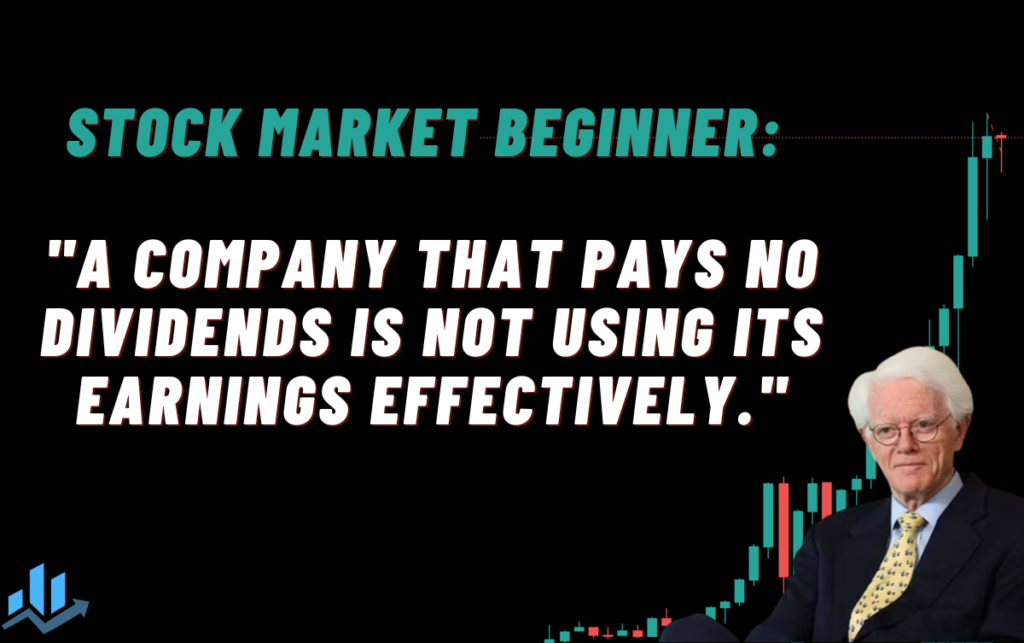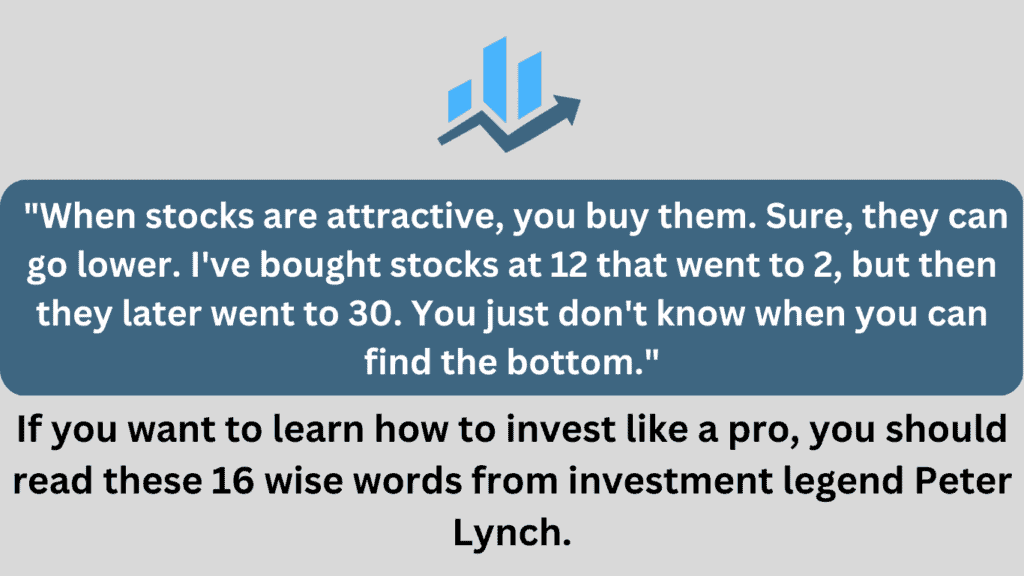1. Introduction Benjamin Graham, widely regarded as the “Father of Value Investing,” was an American investor and economist who made significant contributions to the field of investing. His investment philosophy, based on the concept of value investing, has had a long-lasting influence on modern investing. Graham believed that the market was not always efficient and that undervalued companies with a margin of safety could be discovered, and he emphasised the importance of analysing a company’s financial statements to determine its intrinsic value. Many successful investors, including Warren Buffett, have been influenced by his teachings, and his book “The Intelligent Investor” remains a must-read for anyone interested in investing. In this post, we’ll look at Benjamin Graham’s investment philosophy and legacy. Benjamin Graham’s biographical sketch Benjamin Graham was born in London, England in 1894, but moved to the United States with his family when he was a child. He attended Columbia University, where he earned a bachelor’s degree in economics in 1914 and a master’s degree in 1915. He worked as a teacher at Columbia after graduation while also pursuing a career on Wall Street. Graham founded his own investment firm, Graham-Newman Corporation, in 1926, with a focus on value investing. He also taught at the Graduate School of Business at Columbia University, where he influenced many successful investors, including Warren Buffett. Graham is best known for his 1949 book “The Intelligent Investor,” which is still considered a must-read for investors. In addition to “Security Analysis,” which he co-wrote with David Dodd in 1934, he wrote several other influential books on investing. Graham was a champion of value investing throughout his career, emphasising the importance of thoroughly analysing a company’s financial statements to determine its intrinsic value. He died in 1976, but his legacy as the father of value investing continues to have an impact on investors today. 2. Graham’s investment strategy Benjamin Graham’s value investing strategy entails purchasing stocks that are undervalued by the market. His strategy is based on the belief that the market is not always efficient and that it is possible to find companies with intrinsic values that are greater than their current market price. Graham emphasised the importance of analysing a company’s financial statements, including its income statement, balance sheet, and cash flow statement, in order to identify undervalued companies. Investors can gain a better understanding of a company’s financial health and performance by reviewing these financial statements. Another important concept in Graham’s approach is the margin of safety, which refers to purchasing stocks at a discount to their intrinsic value in order to reduce the risk of loss. Investors can protect themselves against unforeseen events that could harm the company’s performance by purchasing stocks with a margin of safety. Graham also popularised the concept of financial ratios, which are used to assess a company’s financial health and performance. The price-to-earnings ratio (P/E), for example, compares a company’s current stock price to its earnings per share. Graham believed that stocks with a low P/E ratio are more likely to be undervalued and provide investors with a margin of safety. Graham’s strategy also emphasised the use of book value, which is the total value of a company’s assets less its liabilities. He thought that purchasing stocks with a low price-to-book value ratio (P/B) could be a good way to find undervalued companies. Margin of safety is a concept. Benjamin Graham coined the term “margin of safety,” which refers to the difference between a stock’s intrinsic value and its current market price. The margin of safety is an important concept in value investing, and it is used to reduce investors’ risk of loss. Investors can protect themselves from losses caused by market fluctuations, economic downturns, or other unforeseen events by purchasing stocks with a margin of safety. If a company’s intrinsic value is estimated to be $50 per share but its current market price is $40 per share, the margin of safety is $10 per share, or 20%. In this case, an investor could buy the stock with a 20% margin of safety to protect themselves from a drop in the stock price. A company’s intrinsic value is the true, underlying value of its assets, earnings, and growth potential. It is an estimate of the company’s worth that can be calculated using a variety of methods such as discounted cash flow analysis, earnings multiples, and asset-based valuation. Investors typically analyze a company’s financial statements, including its income statement, balance sheet, and cash flow statement, to determine its intrinsic value. They may also consider qualitative factors such as the management team of the company, industry trends, and the competitive landscape. Discounted cash flow analysis is a common method for calculating intrinsic value. This method entails estimating the company’s expected future cash flows and discounting those cash flows back to their present value using a discount rate. The resulting present value is then compared to the company’s stock’s current market price to determine whether it is undervalued or overvalued. Earnings multiples, such as the price-to-earnings (P/E) ratio, are another method for calculating intrinsic value. This method involves comparing the current stock price of the company to its earnings per share. If the company’s P/E ratio is lower than the industry or historical average, this could indicate that the stock is undervalued and has a margin of safety. The acquisition of See’s Candies by Warren Buffett’s company, Berkshire Hathaway, is one of the most well-known examples of the margin of safety. Berkshire Hathaway paid $25 million for See’s Candies in 1972, which was twice its book value at the time. Buffett, on the other hand, identified See’s Candies as having a strong brand, a loyal customer base, and consistent profits. He estimated the company’s intrinsic value to be much higher than the purchase price, providing a significant margin of safety for his investment. Another example is Warren Buffett’s 1964 purchase of American Express. At the time, American Express was embroiled in a scandal that caused its stock price to plummet dramatically. Buffett recognised the








